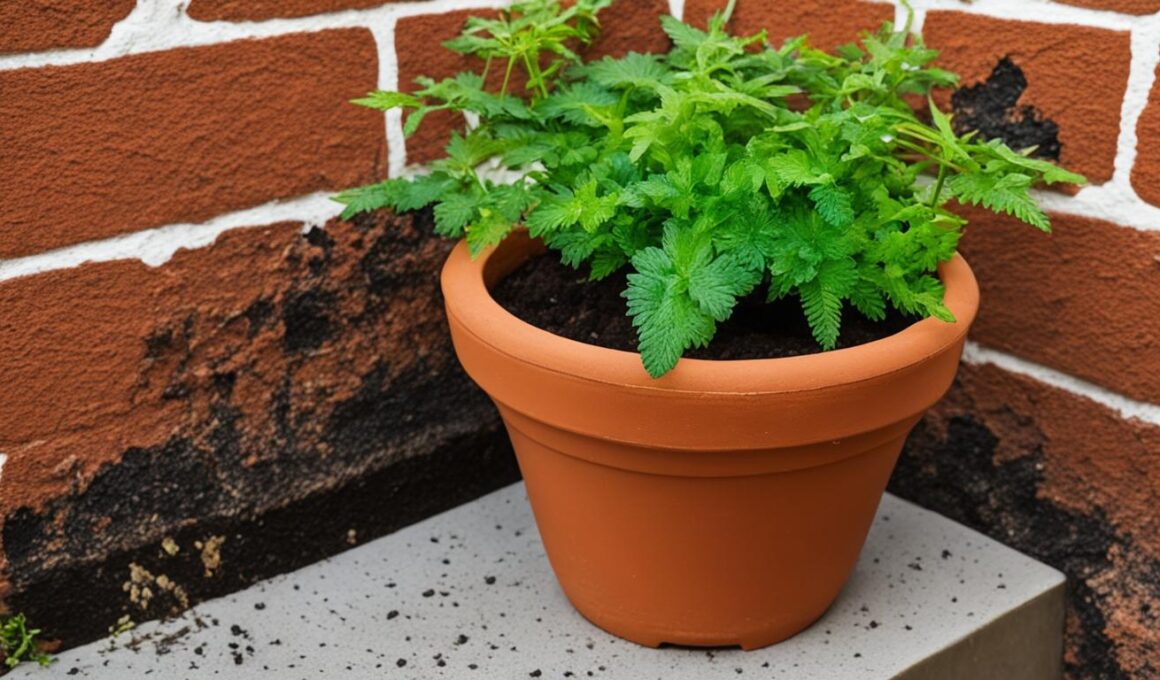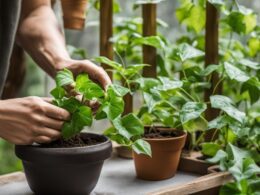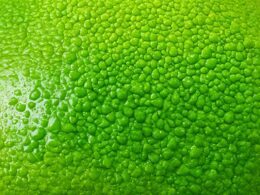If you’re a proud owner of terracotta pots, you may have come across the pesky problem of mold growth. The porous nature of terracotta makes it prone to mold formation, especially when combined with factors like low light and high humidity. Not only can mold on terracotta pots affect the aesthetic appeal of your plants, but it can also pose risks to your health if inhaled. But fret not! In this article, we will provide you with effective prevention tips to keep your terracotta pots mold-free.
To understand how to prevent mold on terracotta pots, it’s essential to be able to identify it. Mold can be distinguished from mineral deposits by its fuzzy, easily removable nature. If you spot any mold on the outside of your pots, it’s crucial to take action promptly.
One of the first preventative steps is to provide direct sunlight to the pots and plants that can tolerate it. Sunlight helps to kill mold and prevent its growth. Additionally, increasing air circulation around the pots can help deter mold formation. You can achieve this by using a fan or placing the pots in areas with good airflow.
Treating the outside of your terracotta pots with hydrogen peroxide is also an effective preventative measure. The hydrogen peroxide acts as a natural antifungal agent, reducing the risk of mold. Applying it occasionally can help keep your pots mold-free.
Furthermore, glazing your clay pots can provide an additional layer of protection. The glaze creates a barrier that makes the pots resistant to stains and fungal growth. Consider selecting glazed terracotta pots or applying a glaze to your existing ones.
Lastly, maintaining proper drainage and watering practices is vital to prevent excessive moisture in the soil. Overwatered plants can create the perfect environment for mold growth. Ensure your pots have adequate drainage holes and water your plants only when necessary.
By following these simple yet effective prevention tips, you can ensure the health and longevity of your terracotta pots, keeping them mold-free and your plants thriving.
How to Remove Mold from Terracotta Pots
When mold starts to invade your terracotta pots, it’s important to take immediate action to remove it. Mold not only affects the aesthetics but can also be harmful to your health. In this section, we will cover two effective methods to remove mold from terracotta pots.
-
Method 1: Hydrogen Peroxide
Hydrogen peroxide is a powerful and natural disinfectant that can effectively eliminate mold. Here’s how:
- Pour 3% hydrogen peroxide into a spray bottle.
- Spray the outside of the pots where the mold is located.
- Allow the hydrogen peroxide to sit for a few minutes.
- Wash the pots with water to physically remove the mold.
- For stubborn spots, you may need to scrub with a brush.
-
Method 2: Bleach Solution
A bleach solution is another effective way to get rid of mold from terracotta pots. Follow these steps:
- Mix one part bleach with 20 parts water in a spray bottle.
- Before applying the bleach, carefully remove the plant from the pot.
- Spray the outside of the terracotta pot with the bleach solution.
- Scrub the moldy areas using a brush.
- After removing the mold, soak the pot in clean water to remove any remaining bleach traces.
- Repeat the rinsing process several times to ensure all the bleach is removed.
- Allow the pot to air out completely before placing the plant back in.
By following these methods, you can effectively remove mold from terracotta pots and ensure a healthy environment for your plants.
How to Prevent Mold on Terracotta Pots
To prevent mold growth on terracotta pots, there are several steps you can take:
- Provide direct sunlight to the pots/plants that can tolerate it: Exposure to direct sunlight helps kill mold and prevents its growth. Place your terracotta pots in areas where they can receive ample sunlight throughout the day.
- Increase air circulation: Mold thrives in stagnant, humid environments. Enhance air circulation around your terracotta pots by using a fan or ensuring they have enough space between them. This helps to minimize excessive moisture accumulation and prevents mold growth.
- Treat the outside of terracotta pots with hydrogen peroxide: On a regular basis, apply hydrogen peroxide to the exterior surface of your terracotta pots. This helps prevent mold from forming. Simply spray a solution of hydrogen peroxide onto the pots and let it dry naturally.
- Consider glazing your terracotta pots: Glazing clay pots creates a protective barrier that makes them resistant to stains and fungal growth, including mold. Look for glazed terracotta pots or apply a glaze yourself to keep mold at bay.
- Ensure good drainage and practice proper watering: Proper drainage is crucial to avoid excessive moisture in the soil, as it can lead to mold formation on terracotta pots. Be mindful of watering your plants and allow the soil to dry slightly between waterings.
By implementing these preventive measures, you can keep your terracotta pots mold-free and help maintain the health and longevity of your plants.
Conclusion
In conclusion, dealing with mold on terracotta pots is a common challenge faced by many gardeners. The porous nature of terracotta and the favorable conditions it provides for mold growth make it susceptible to this issue. To ensure the health of your plants and the longevity of your terracotta pots, it is crucial to take preventive measures and address mold promptly.
When dealing with mold, it is important to differentiate it from mineral deposits and promptly remove it. Hydrogen peroxide and bleach are effective cleaning agents that can be used to tackle mold growth on terracotta pots. By applying these agents and scrubbing away the mold, you can restore the beauty and cleanliness of your pots.
Preventing mold growth can be achieved by exposing your terracotta pots to direct sunlight, increasing air circulation, and occasionally treating them with hydrogen peroxide. Proper drainage and watering practices, along with glazing clay pots, can also help prevent mold formation. By taking these preventive steps and following the appropriate cleaning methods, you can protect your plants from potential health risks and ensure the long-lasting durability of your terracotta pots.
Can Prevention Tips for Mold on Terracotta Pots Also be Applied to Prevent Black Spots on Apples?
Prevention tips for mold on terracotta pots may not directly apply to preventing black spots on apples. The causes of apple black spots are mainly fungal diseases, while mold on terracotta pots is caused by excessive moisture and poor ventilation. Different prevention methods are needed for each issue.









